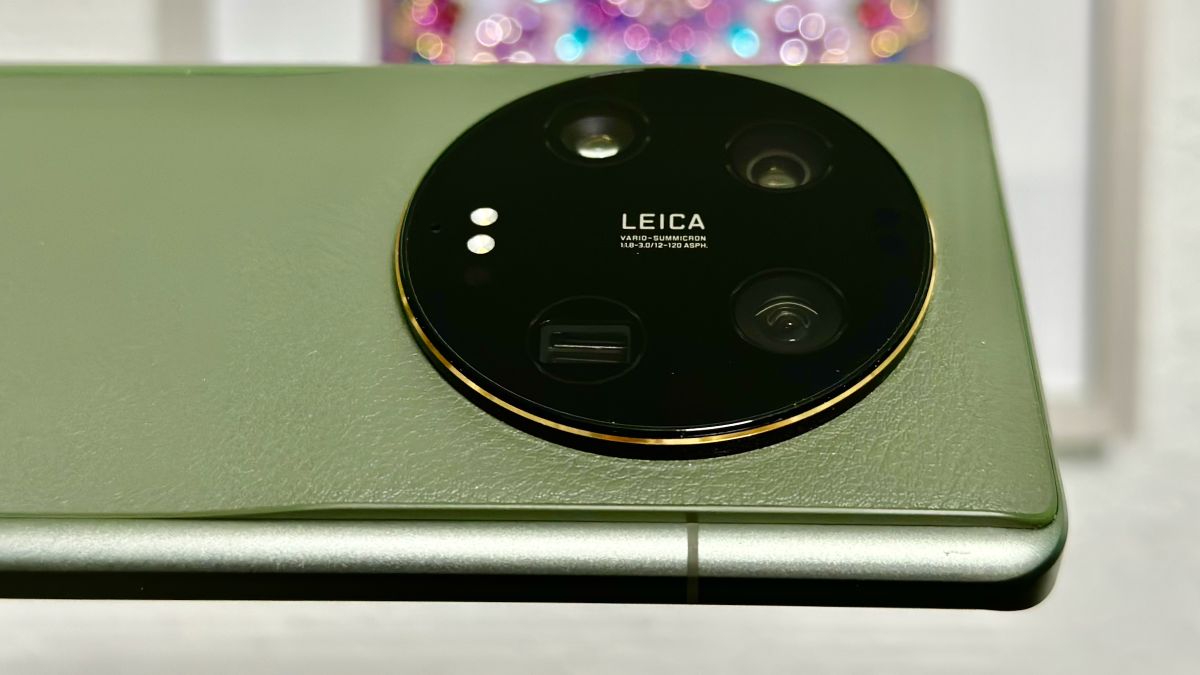Xiaomi has lent us a unit of the xiaomi 13 Ultrawith original software from China and that is why we have decided not to do a complete analysis since international software is different, it comes with different applications and support for Windows services and applications.
In terms of performance, we are on a par with the Xiaomi 13 Pro due to the hardware configuration, so we refer you to its analysis to see how this mobile compares with Snapdragon 8 Gen2 with LPDDR5x RAM and latest generation UFS internal memory.
However, one of the great strengths of this mobile is its design, with a vegan leather finishand his rear camera packwhich is what we are going to analyze in depth in this article.
We are talking about a pack of four cameras that cover an equivalent focal range from 12mm wide angle to 120mm telephoto longer.
Something interesting is that Xiaomi has used the same sensor for the ultra wide angle, the zoom and the telephoto, which helps to balance and match the color between different shots.
Content of the Xiaomi 13 Ultra camera analysis:
Rear camera setup
Here we leave you one focal length evolution to get an idea of the different points of view that we can obtain with the sensors and optics used.
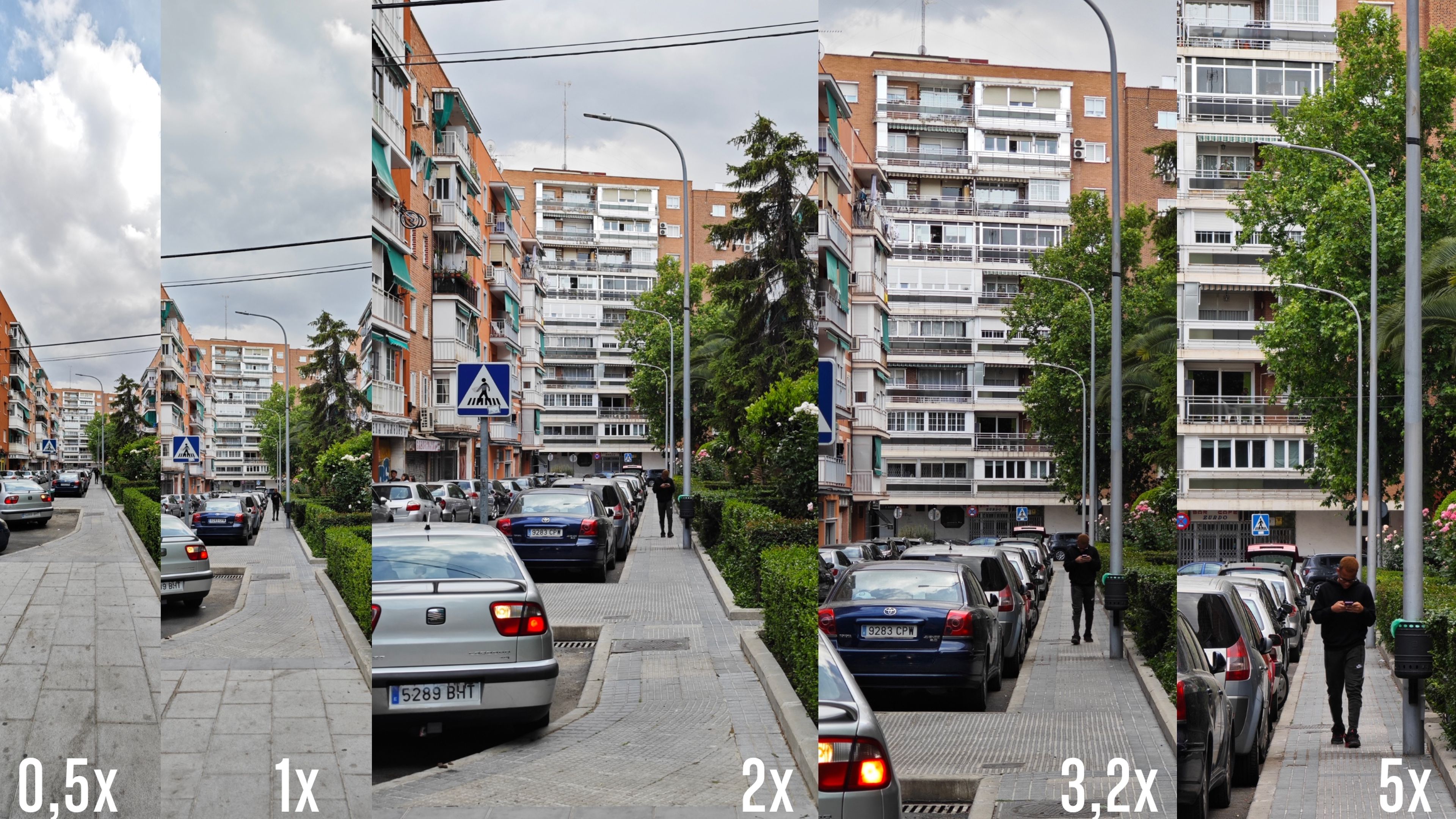
Among these images, a cutout of the sensor with a smaller focal length is used and the next one is skipped when the next focal length is reached, with which we do not have a drop in quality, although there is a drop in resolution in the intermediate steps.
Leica presence and software options
Last year Xiaomi announced its collaboration with Leica that its collaboration with Huawei ended. In terms of collaboration at the software level, there are two modes of color treatmentLeica Vibrant and Leica Authentic.
Personally I really liked the last one, the first being perhaps too saturated. But that yes, for color tastes, never better said.
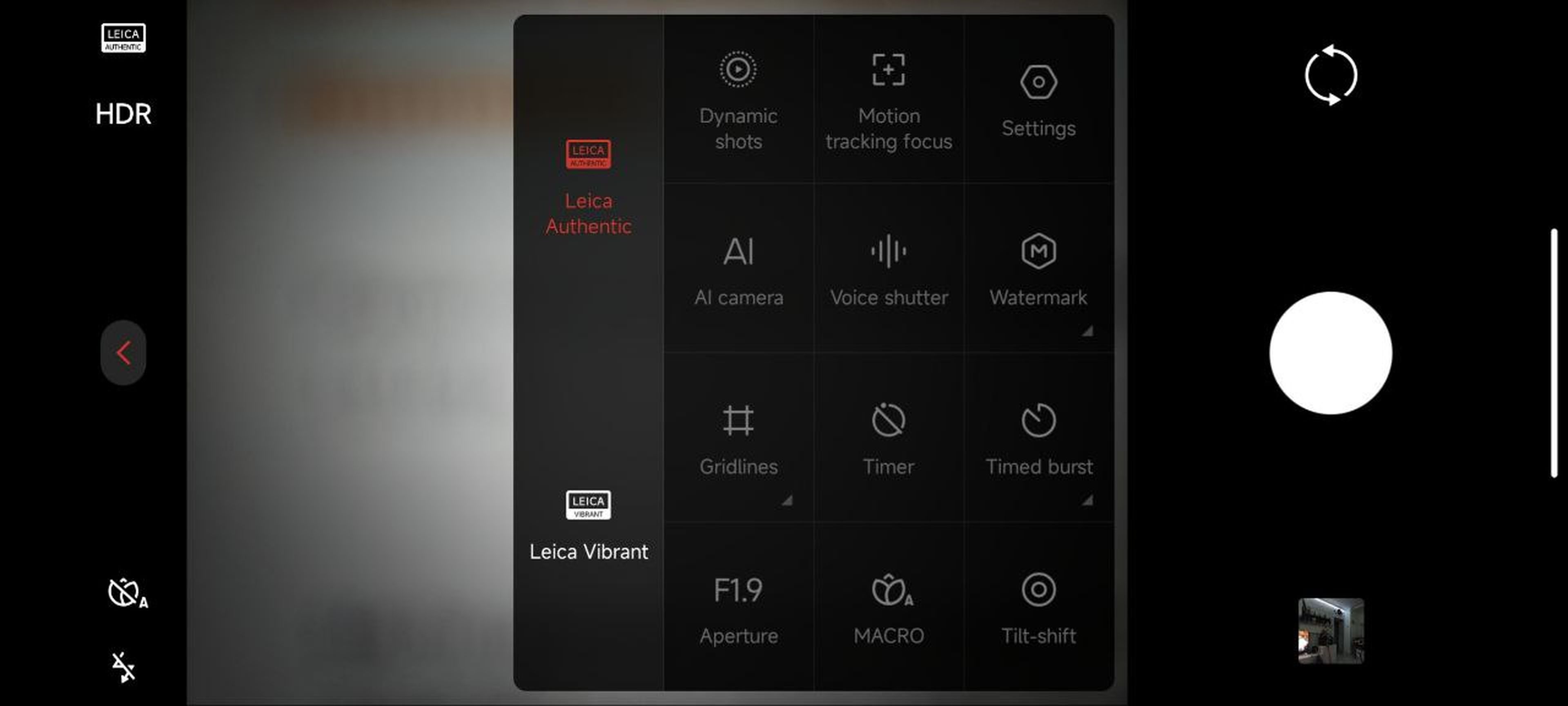
In terms of hardware, we are talking about a lens co-designed between Xiaomi and Leica for the main sensor, with 8 elements and anti-reflective coating.
I leave you a tour of the software including the pro mode and other advanced modes. It is a very complete piece of software, but we are shocked that we have to download those modes the first time you use them.
Main sensor: 1 inch and double opening system
This sensor is the most advanced in the terminal, we are talking about the 1″ IMX989 sensor with optical stabilization and a lens system co-designed with Leica with a double aperture system F/1.9 and F/4. The Huawei P60 Pro model has four steps, for comparison.
With this sensor you can take pictures in low light situations and we can also achieve a greater focus range with the F/4 mode.
In the following photos you can see the difference, with both photos focused on the first apple, you can see how the blur evolves as the rows of apples advance.


It is the sensor with which the camera opens by default and is the most capable of the entire pack.
He equivalent angle is 23 mmthat is, you will have a viewing angle very similar to what we have with the naked eye.
In fact, if we choose 2x zoom in the on-screen carousel, we’re directly cropping this sensor, at a 50-52mm focal length equivalent. As we say, even with very low lighting you can get freehand photos.
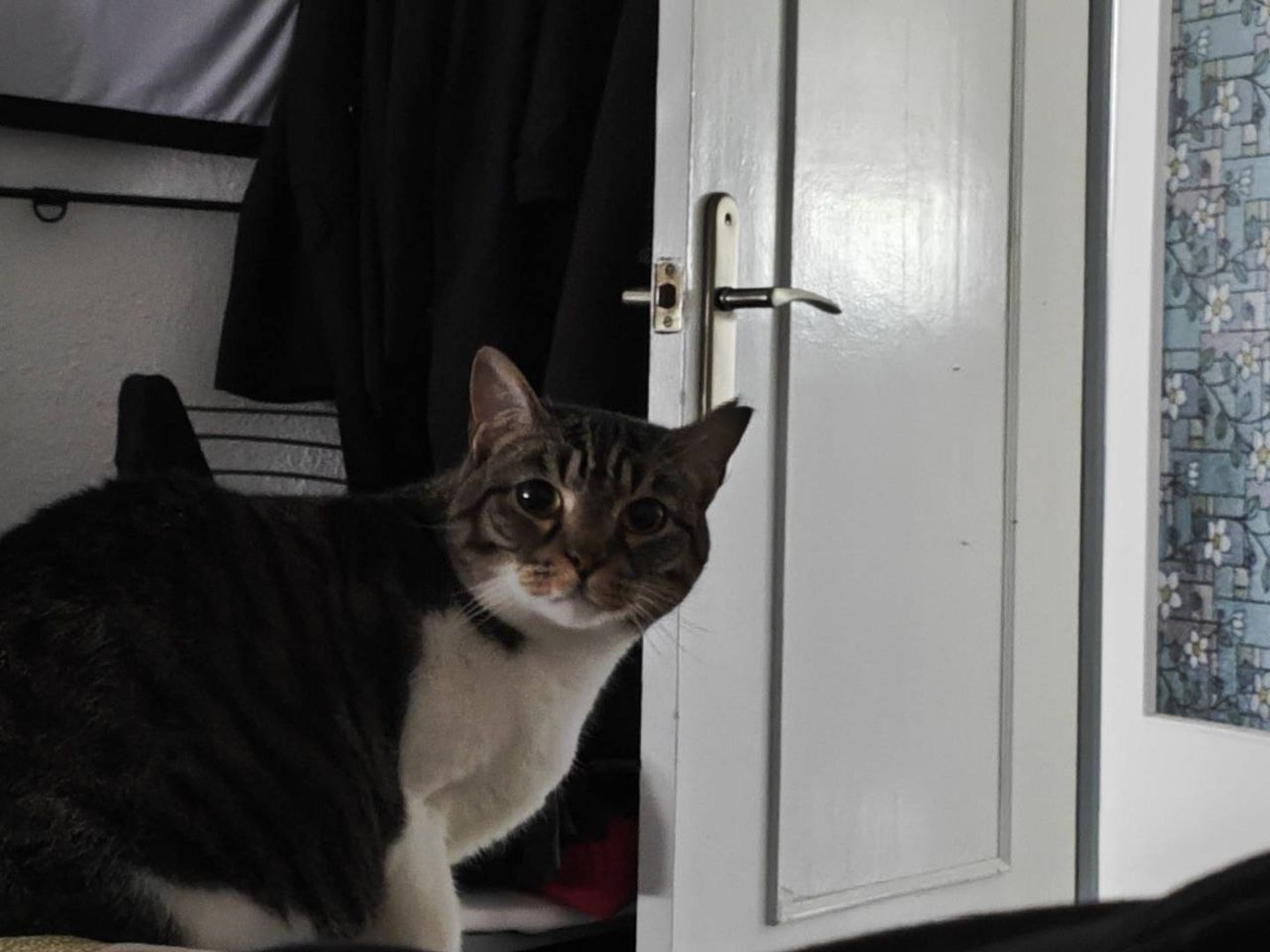
we can also do long exposure photos In order to have the typical images with the traces of car lights, photos of stars or photos that soften the water, like the ones we see below:
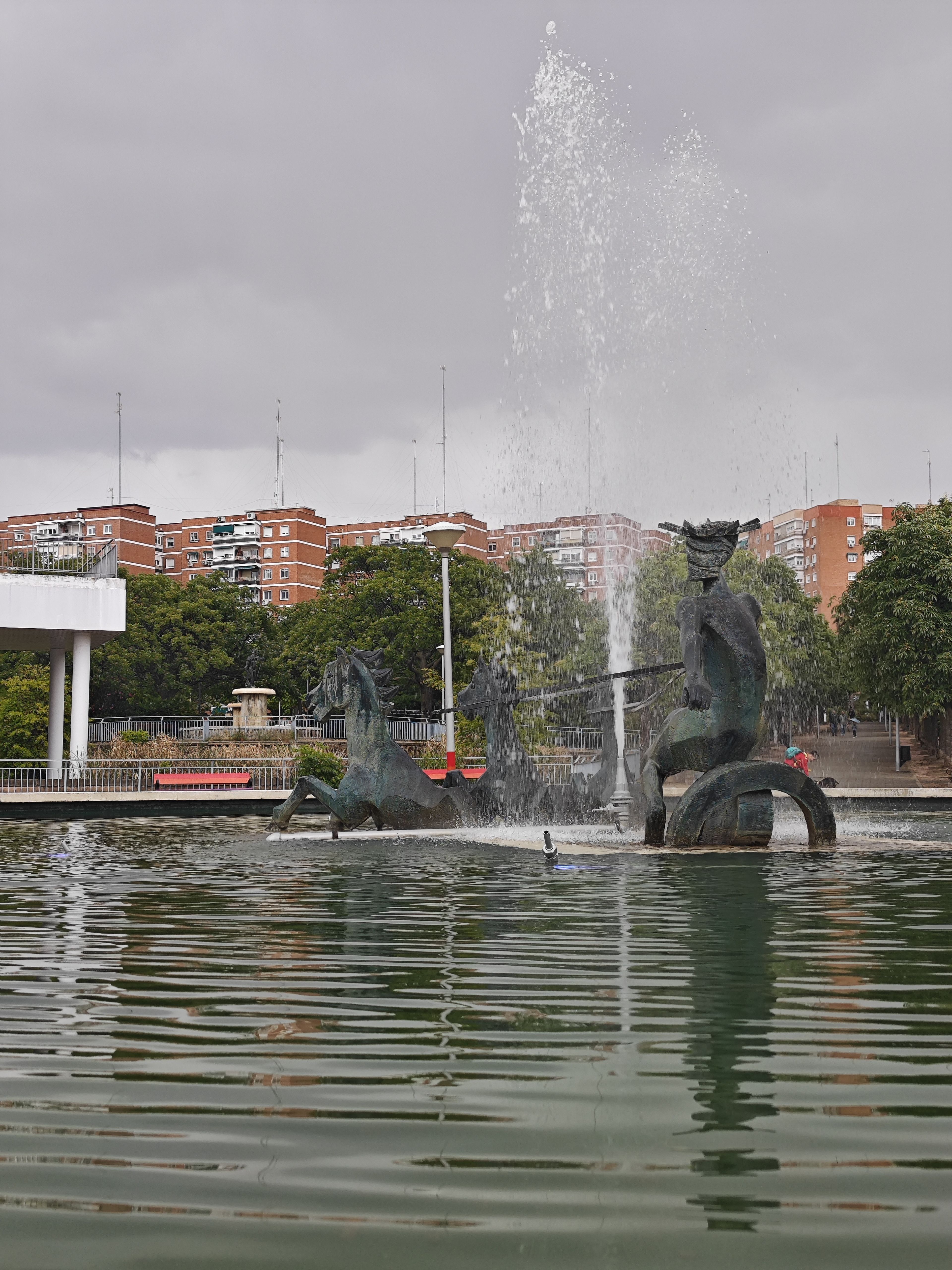
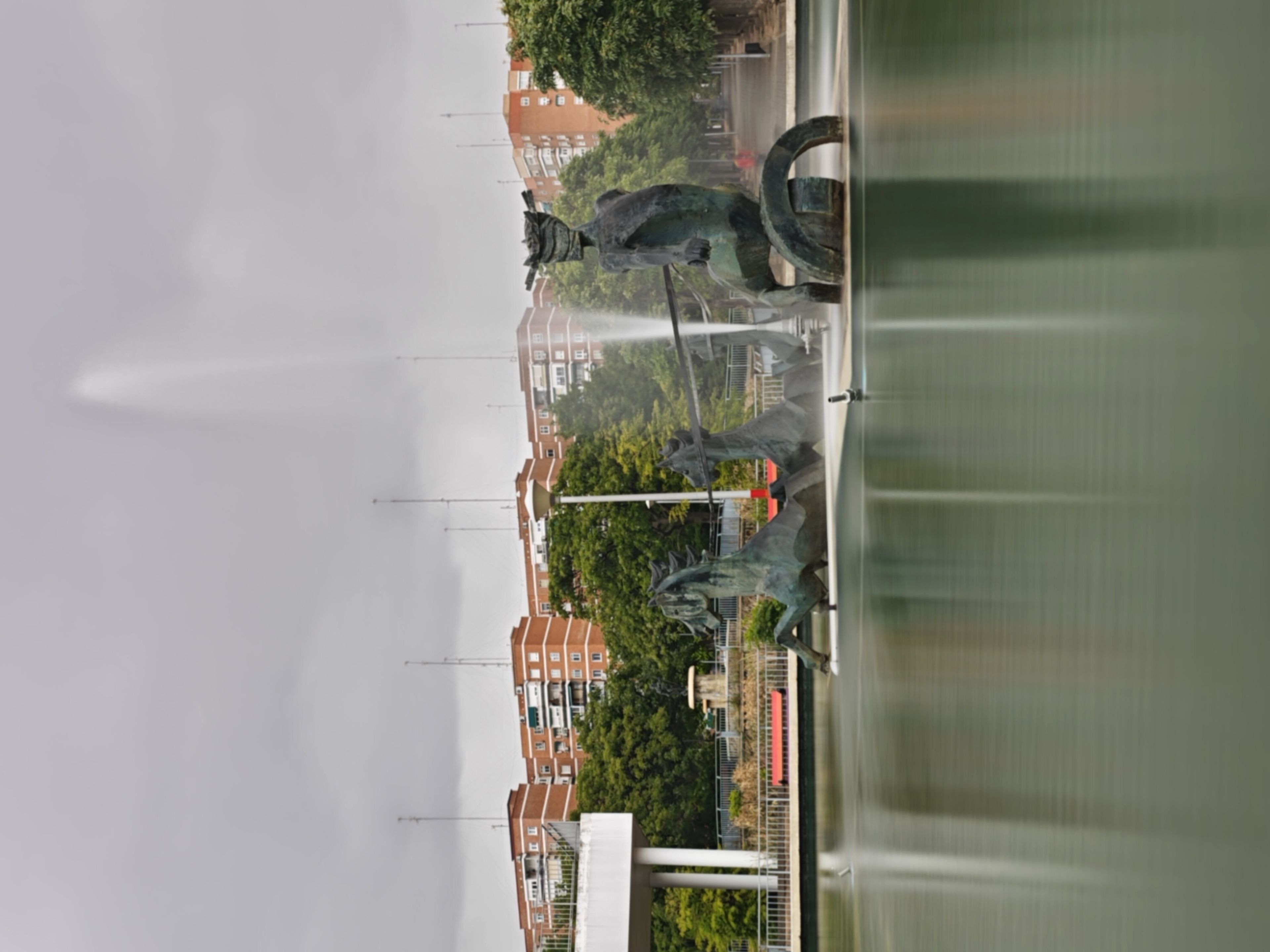
High-quality 3.2x zoom for portraiture
This sensor is the one that convinces us the most, since we are with a 3.2x true zoom with which a very good background compression is achieved and more if we take into account that it is aperture f/1.8.
You can get very good portraits, with a natural blur without having to jump to portrait mode as such, and where artificial intelligence is already involved.
If we take into account taking the photo at the right time, very good images can be obtained with this sensor, to the point of complicating the detection of whether we are dealing with a photo taken with a mobile phone or not.
integrated portrait modes
Here we are going to discuss the different built-in portrait modes. With the Portrait / Portrait modewe can adjust the virtual aperture and choose between four portrait modes.
The first is by default, and makes use of this sensor 3.2x zoom. We also have a documentary mode that uses the main sensor. All photographs have been taken from the same distance.
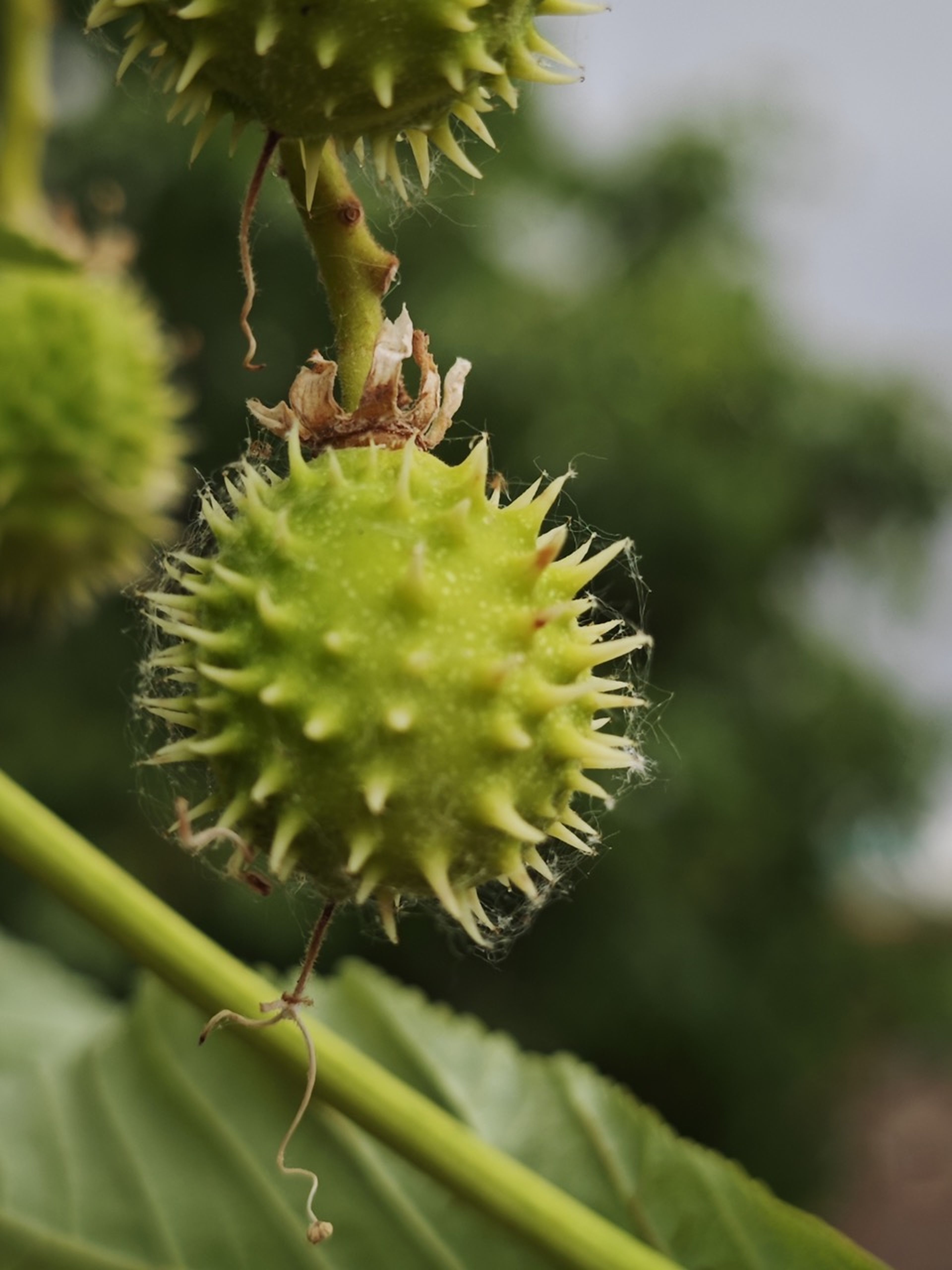
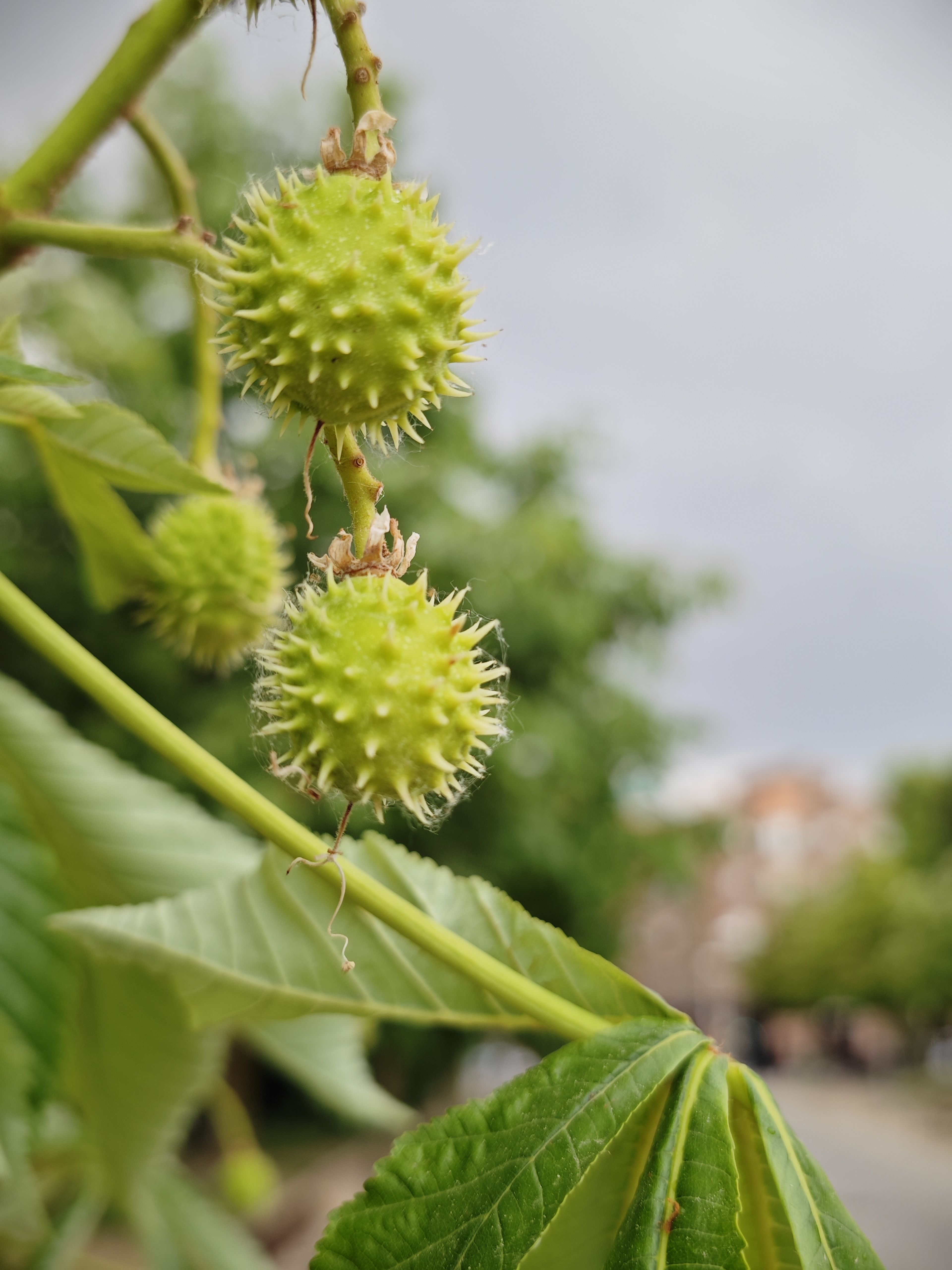
There is swirly bokeh mode which makes use of the 2x crop of the main sensor, we also have the traditional portrait mode, with this 3.2x sensor and then a 90mm softfocus mode that achieves a dreamlike finish.
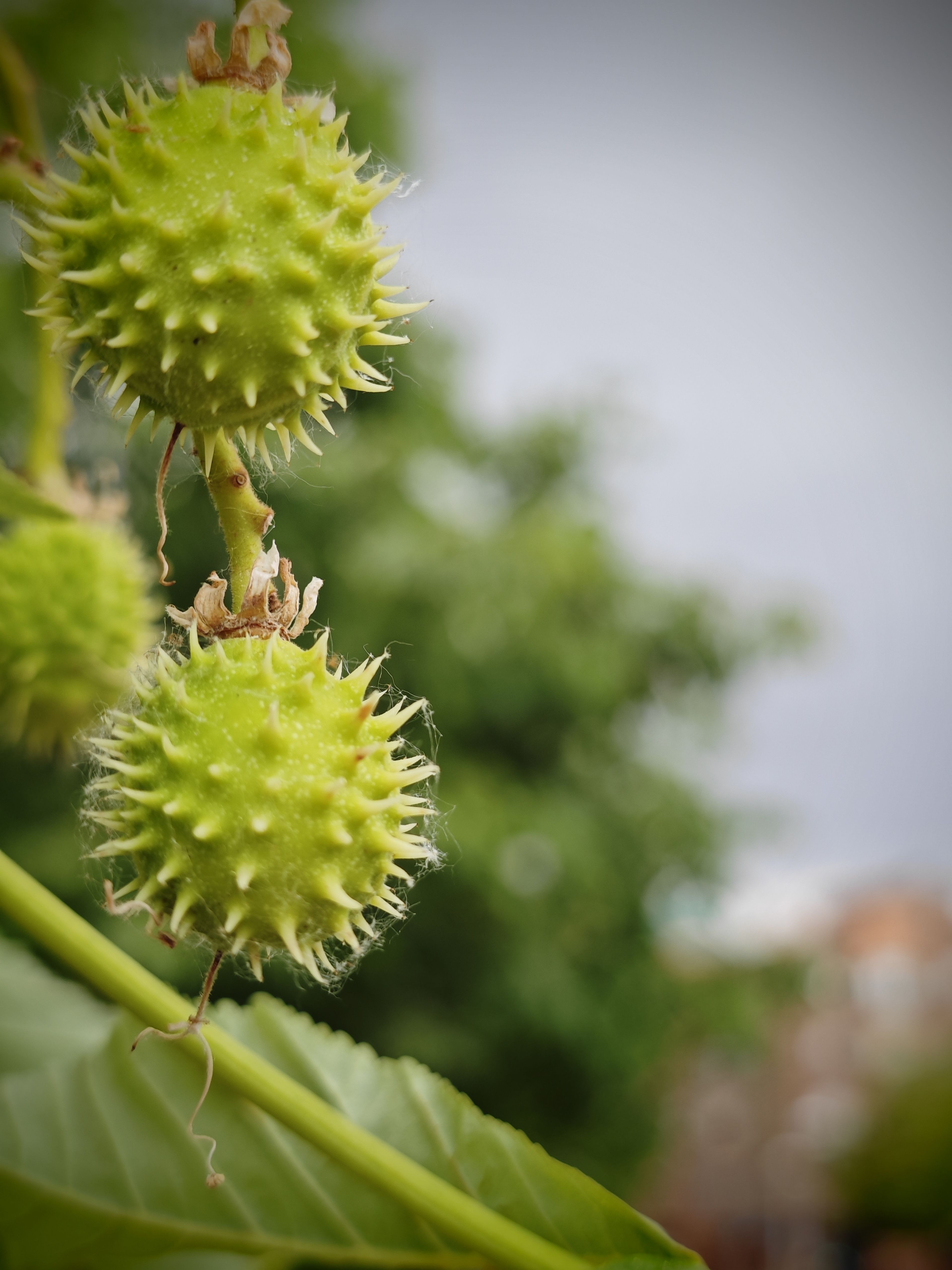
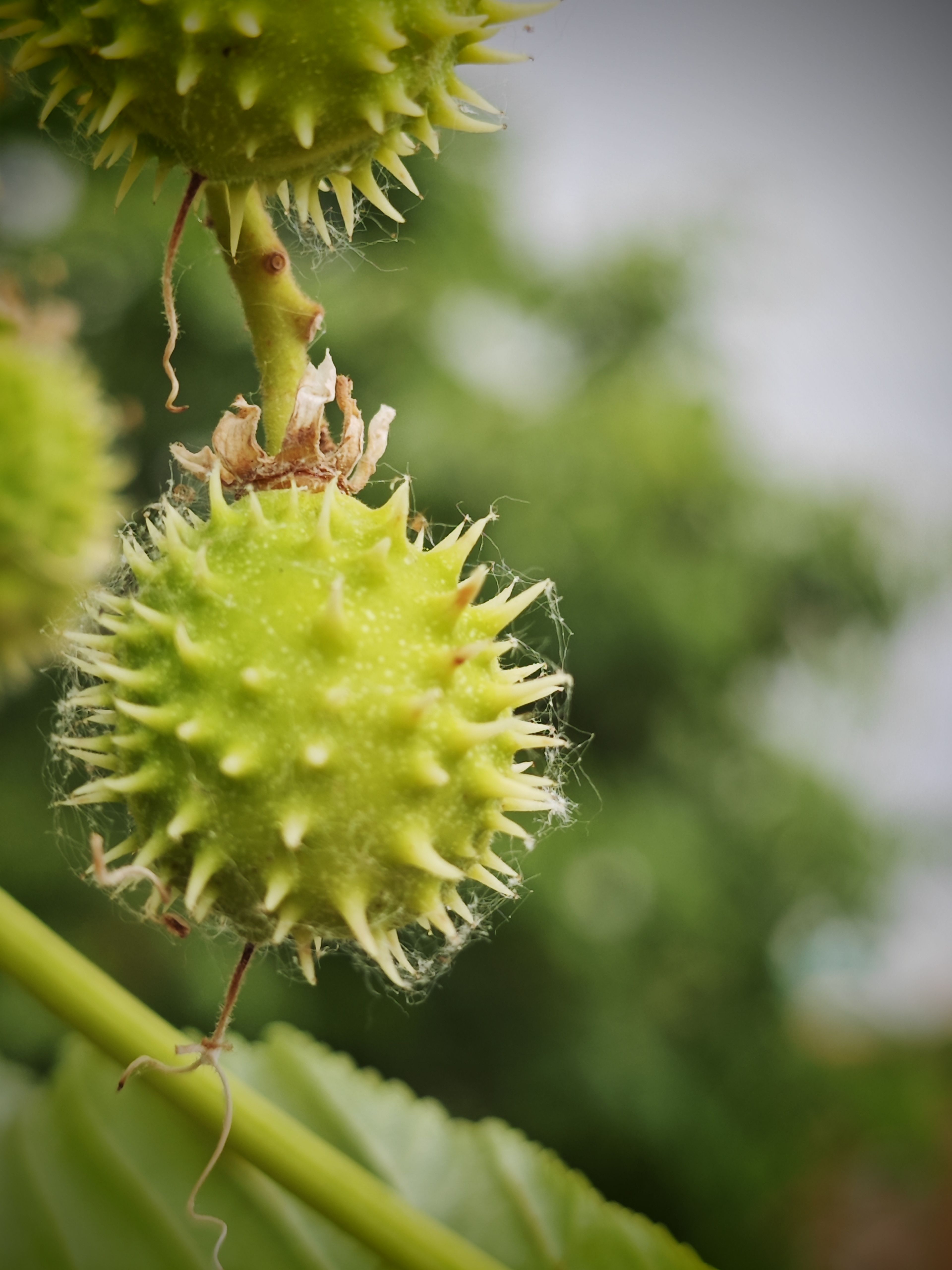
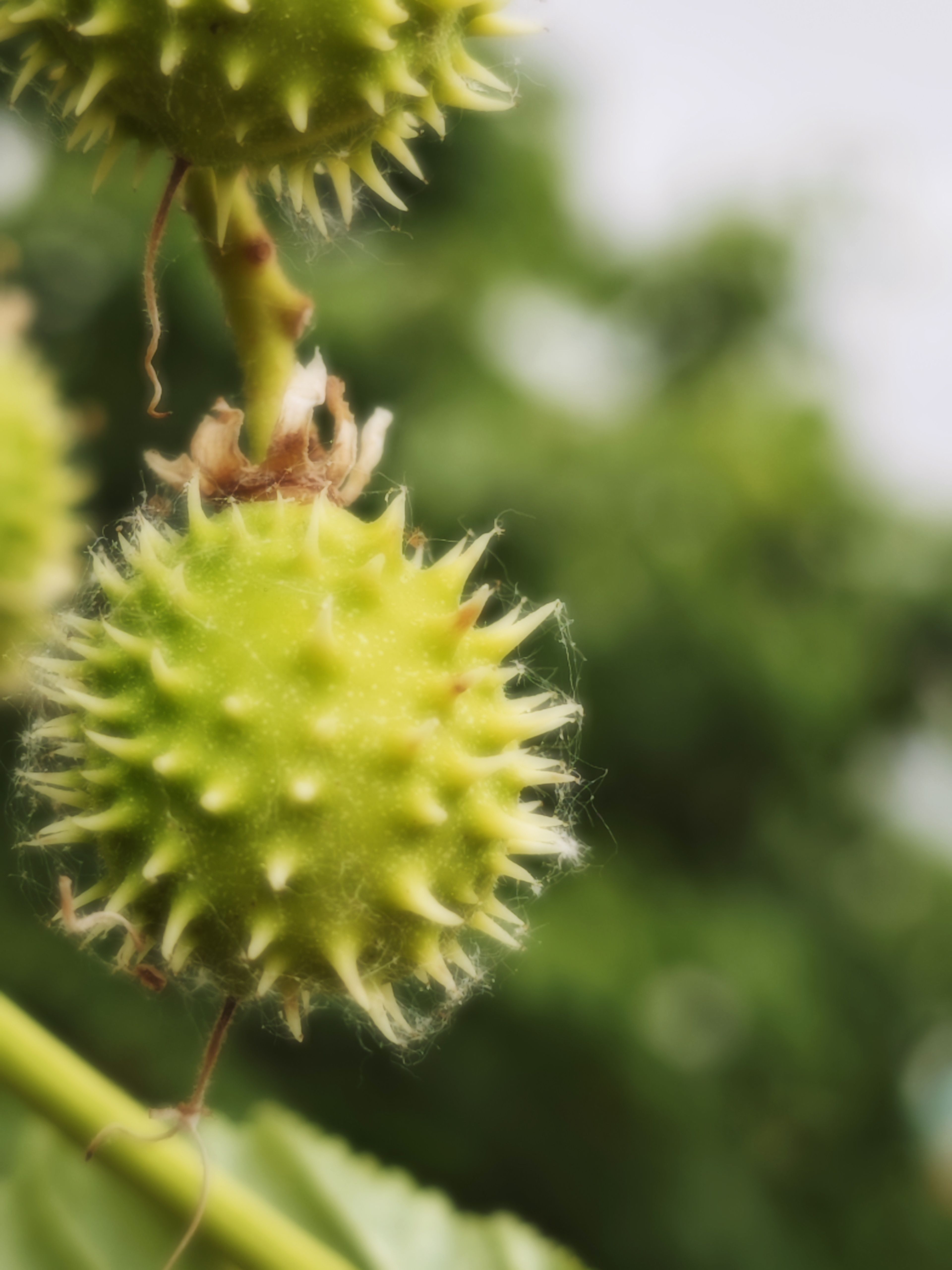
As we can see, we have many options when it comes to taking a portrait and we can even choose from the additional options full length portrait modefor when there are people posing.

5x telephoto, to bring the action much closer
This sensor brings with it the option of getting an additional zoom, which is 5x natural zoom although it can hold up to 10x, with very good quality. We are talking about a very high zoom level for a sensor of this size.
It must be taken into account that we are dealing with a telescope-type zoom and the opening of this system is f/3.0. That is, we must not take this sensor into account when the light goes down or if we want to get a good blur.
As an example of how close can we gethere we leave a photograph in a supermarket aisle, without being super wide angle, that is, as we saw it with the naked eye, 1X mode and from there to 5X mode.
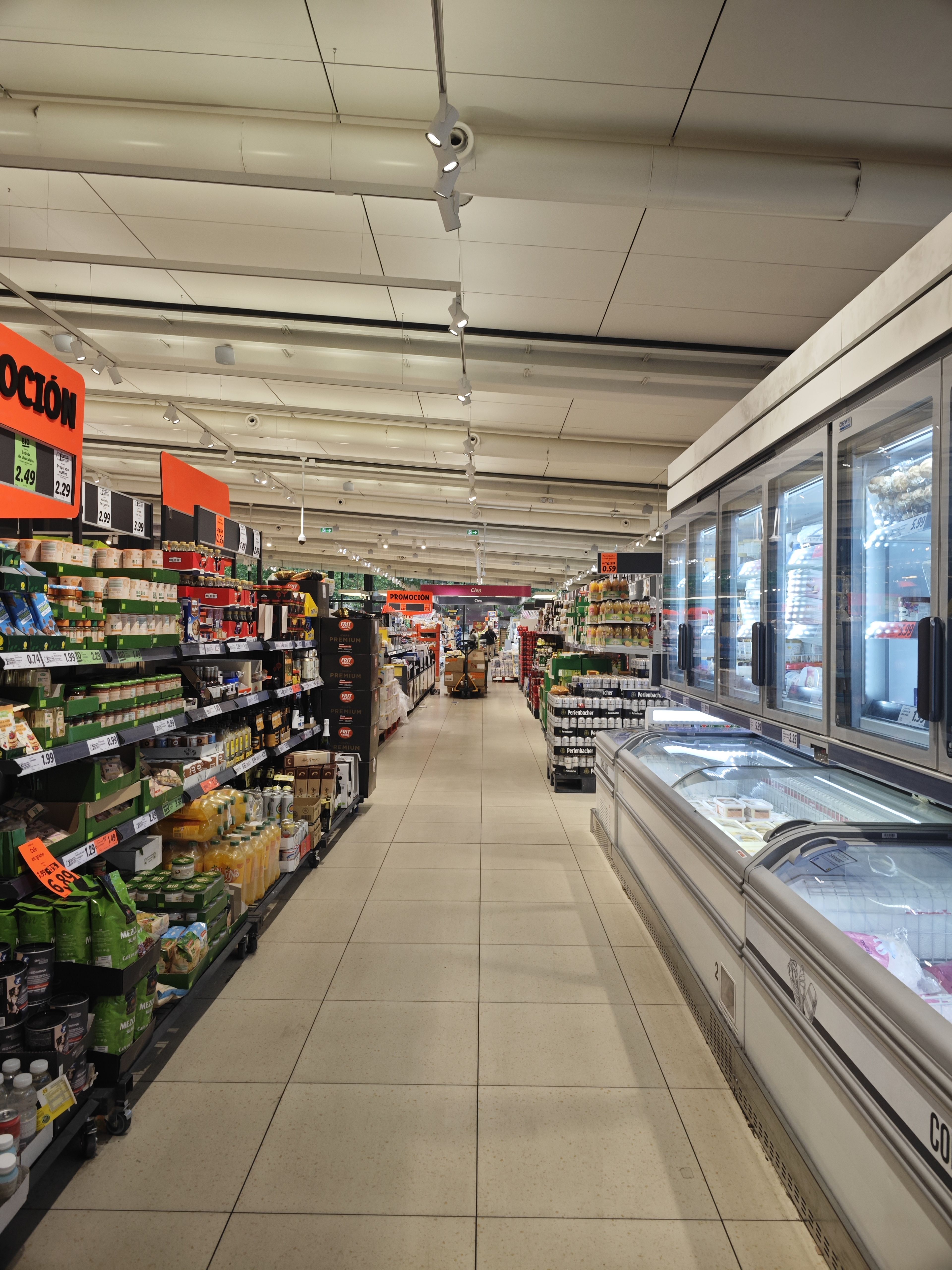
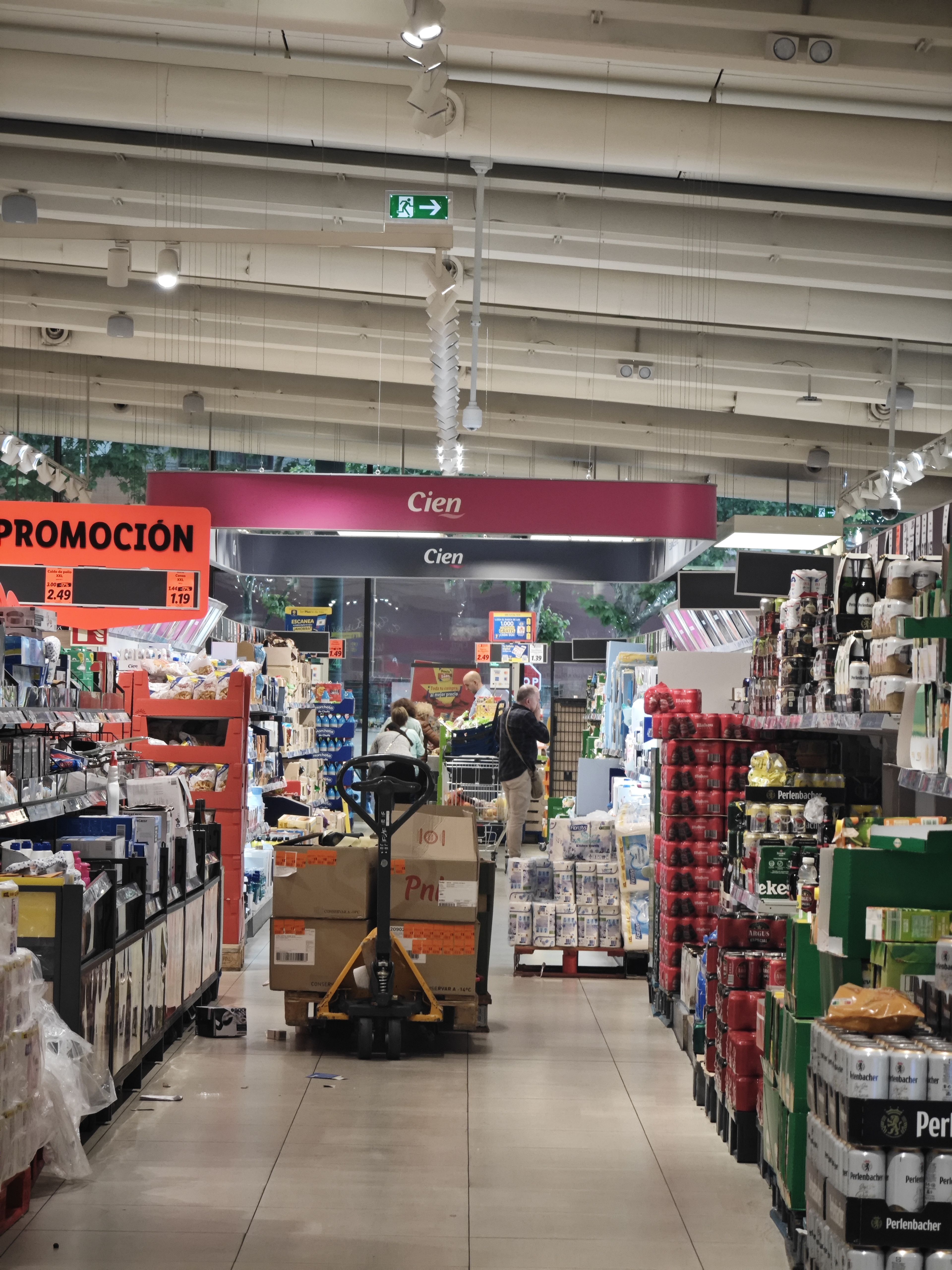
Ultra wide angle, perfect for capturing the whole scene
The pure wide-angle sensor has a sensor with aperture f/1.8 and a minimum focus distance of 5 cm. It is a sensor that has surprised us and, honestly, it has made me think of this sensor to take certain types of close-up photographs.
also to have general planssuch as the same shot as the image that closed the previous section.
Something that we can take advantage of is also the panoramic mode that generates highly detailed images of 14,200 x 3,840 px.

Video is, without a doubt, another of the strengths of this mobile
Here we leave you a sample in different resolutions of the same plane in which you go from a general plane to a small detail.
We talk about videos with FullHD 60 fps resolution, 4K 60 fps and 8K 24fps resolution:
He 8K video It is not so smooth since it drops the frame rate to 24, but you can see how it records a lot of detail and we can crop it and maintain the 4K definition.
It should be noted that from the options you can activate Dolby Vision video recording, which records content in H.265 format and with data HDR for video. In addition, it also has advanced modes to record sound, such as audio monitoring while recording or noise cancellation in real time.
Another of the videos that can be recorded is slow motion. We have options 720 | 1080 to 120, 240, 480 fps depending on the objective we use.
And then, we have the 960 fps and 1,920 fps (720p only) option, which creates interpolated images, something we can see here in a couple of 960 fps examples:
We want to mention a feature that may seem silly, but having the same sensor in ultra-wide angle optics, 3.2X zoom and 5x zoom makes the jump when recording video when you zoom in or out while you record video, it is done in a very natural way, without jumps.
Selfies, the weakest point of the Xiaomi 13 Ultra photographic pack
We are going to talk about the front camera of the xiaomi 13 Ultra and it is that it is the smallest and least capable sensor of the entire pack.
We are talking about a sensor 32MP It does not have autofocus or integrated optical stabilization and its aperture is f / 2.0.


However, we did get images of high resolution 4,896 x 6,520 px and we can decide whether to use it as a normal photo, where we have practically no possible blur due to the size of this sensor, however, the portrait mode does perform a good crop.
It is curious to mention that there is a 0.8x mode in the normal mode with which we have more space to take a group selfie and also that in the advanced options we find an option to apply the beauty mode in group selfies of men.
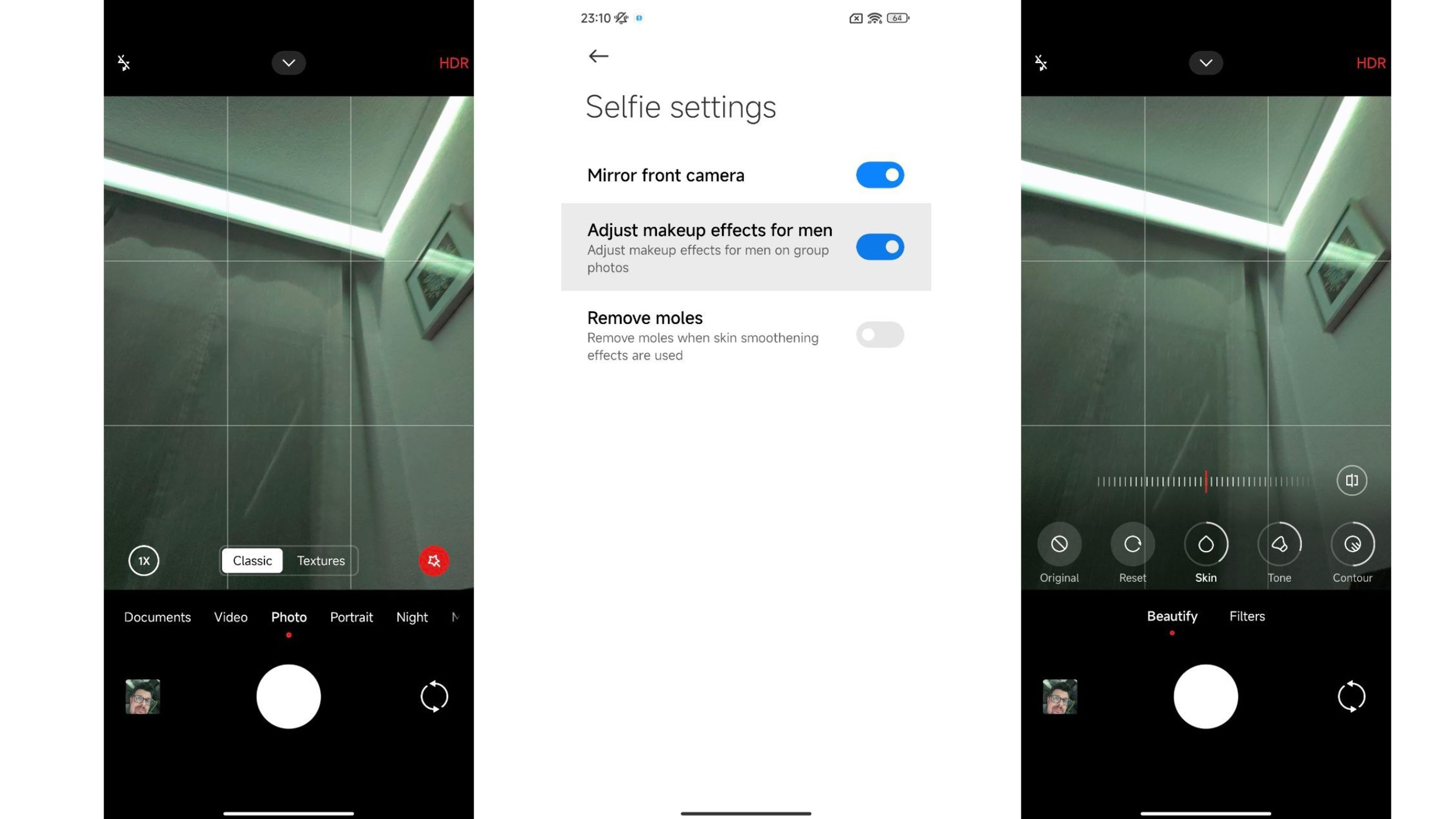
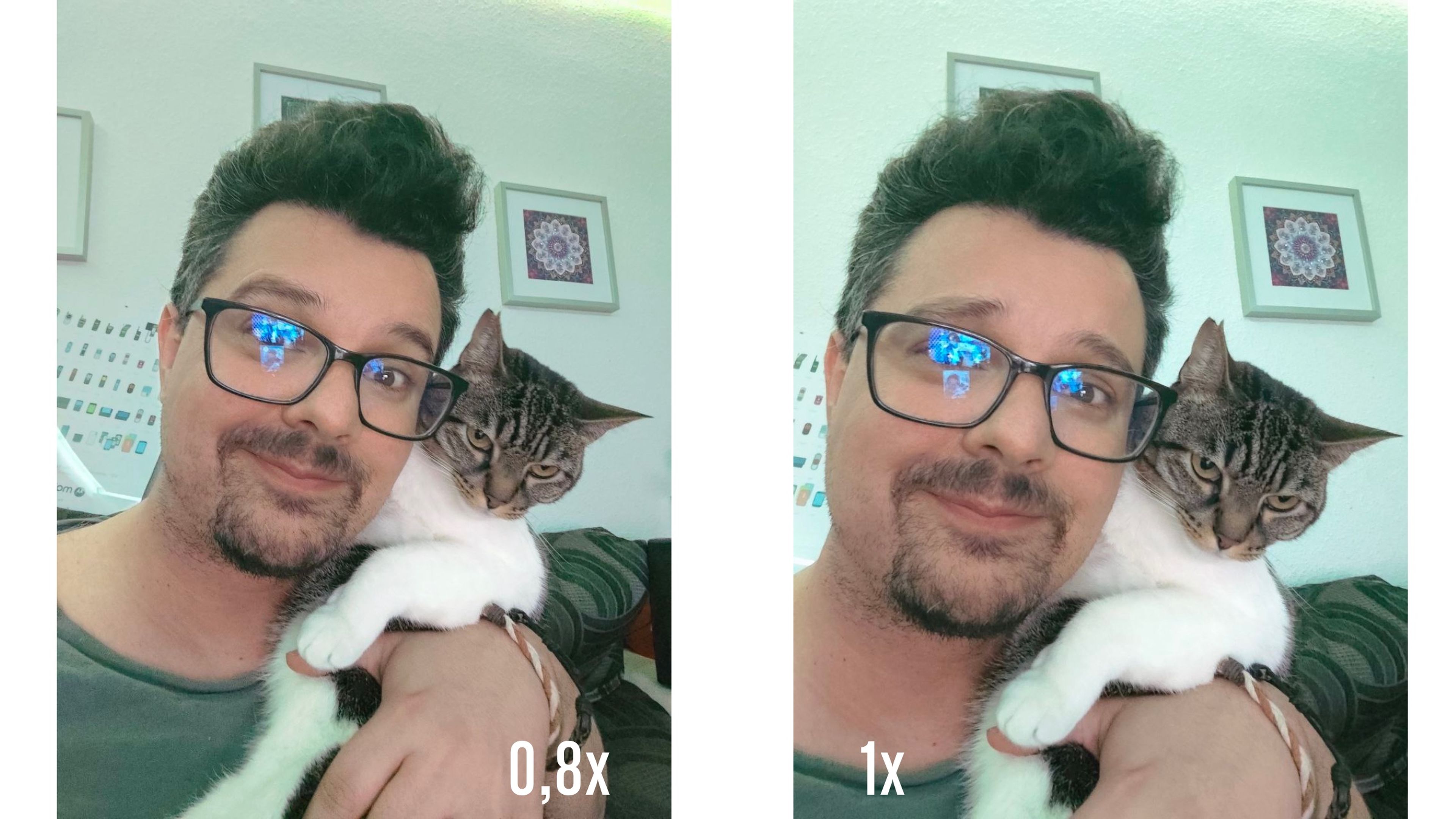
The mobile for those who want the most versatile and top camera of the moment
After our tests we conclude this article with an opinion about the Xiaomi 13 Ultra camera.
I liked it a lot the main sensor and its double opening system. Its automatic operation is optimal for users who do not want to worry about extra settings, but the advanced user can choose it manually.
The fact that the rest of the sensors include the same IMX858 sensor makes their color treatment equivalent and only varies in the 5x periscope telephoto sensor due to a much smaller aperture than in the zoom and wide angle in low light shots.
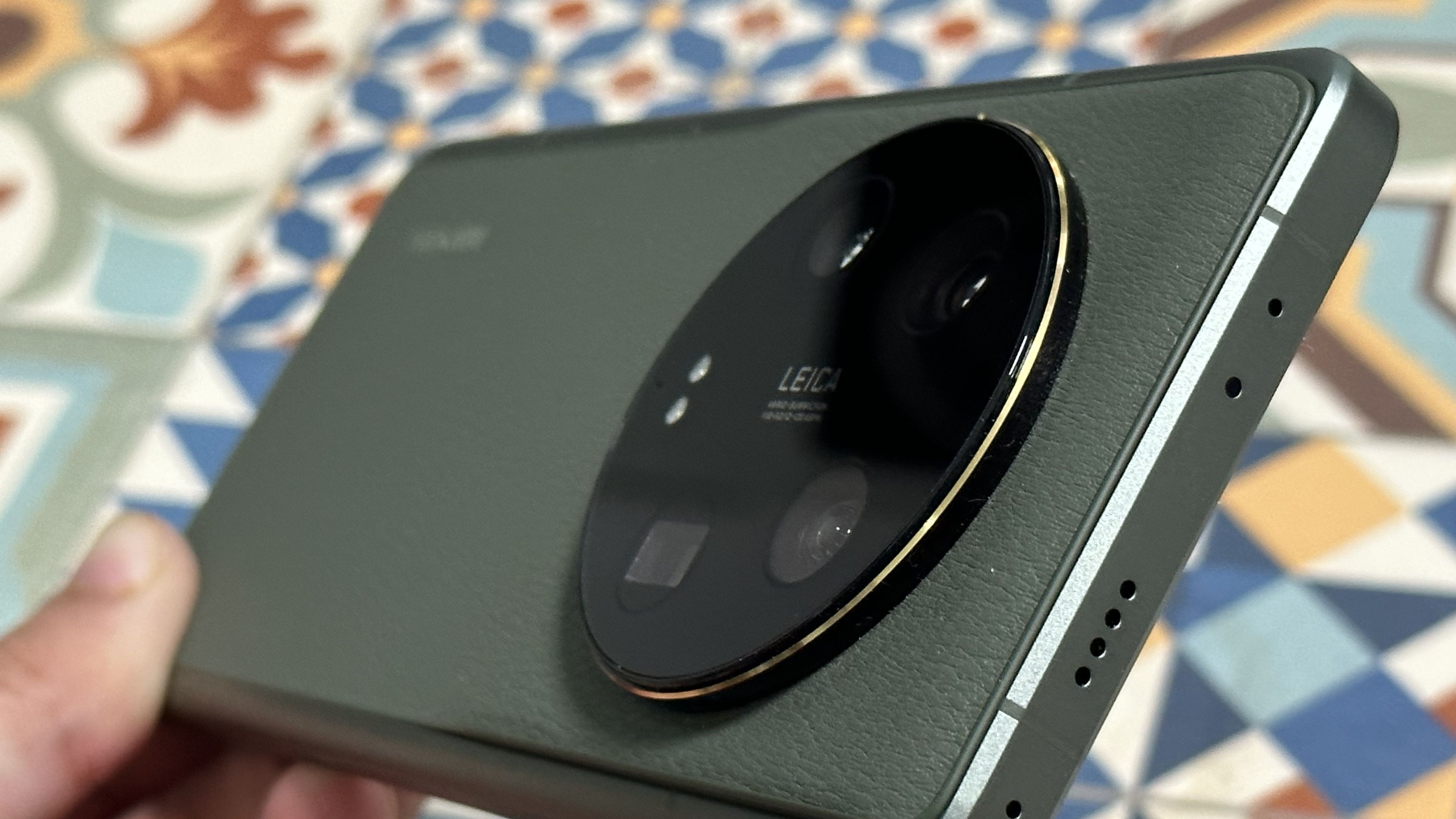
I liked the color treatment of Leica with the main sensor, and in my case, I choose by far the Authentic mode.
The video recording allows zoom and the jump between sensors when reaching their focal lengths. The fact of having the same sensor removing the main one makes the color treatment so similar that you will only notice how sharpness improves when you reach the natural focal lengths of the sensors.
The frontal camera, is more than enough for the users and users, being up there with the best. In fact, it has beauty retouching options well beyond my means. The option to have a more angular mode is very useful when you want to take a selfie with friends.
So we conclude that, without taking into account the future price of the terminal in Europe, we are facing one of the best photographic packs on the market.
If we stop to take a look at the price, the Xiaomi 13 Pro is priced at 1,399 euros, so this model would surely add a minimum of 300-400 euros, given the improvements on the screen and camera. Here it is the end user who has to think about whether they are interested in buying a camera separately and a good mobile or betting on an all-in-one solution like this xiaomi 13 Ultra.


